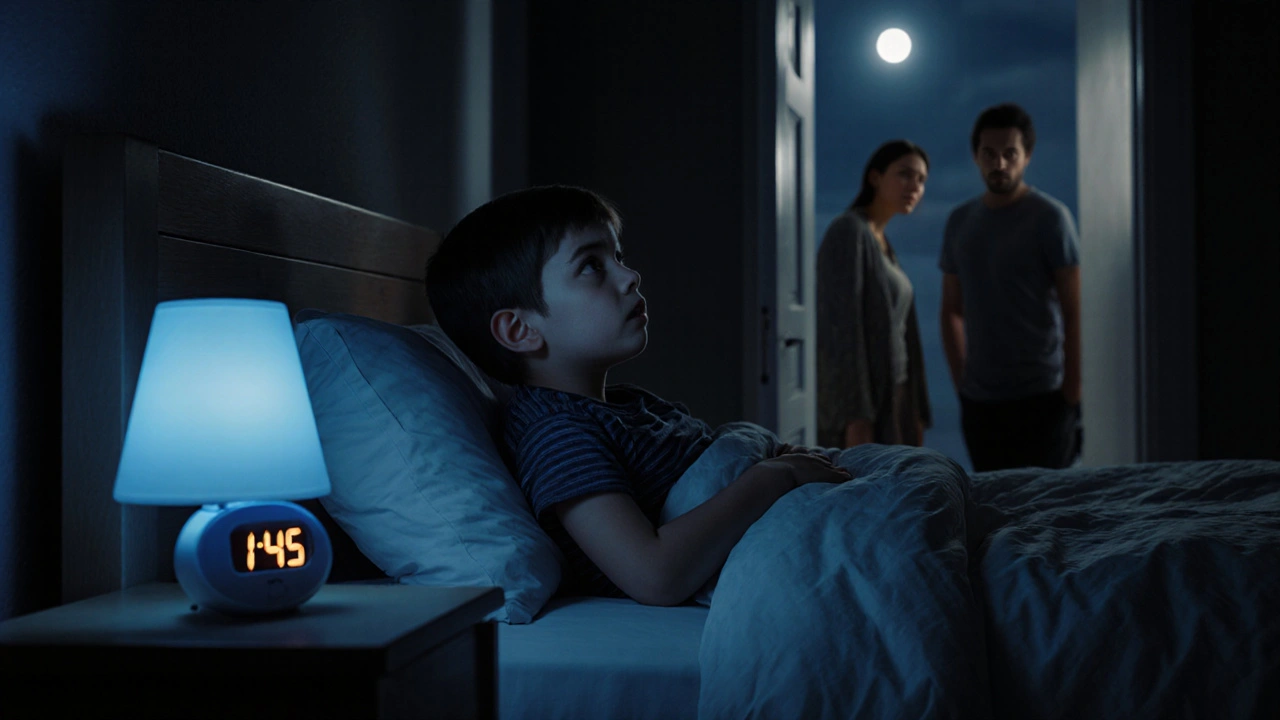Melatonin Therapy: A Practical Guide
When working with melatonin therapy, the use of melatonin supplements to adjust sleep patterns and treat related disorders. Also known as melatonin supplementation, it helps sync your internal clock and improve nighttime rest. Melatonin therapy is popular because it’s easy to try and can fit into everyday routines.
Key Concepts
One of the most common reasons people start melatonin therapy is insomnia, difficulty falling or staying asleep. Insomnia often comes from a misaligned circadian rhythm, the body’s 24‑hour clock that tells you when to be awake and when to rest. When the rhythm is off, you might feel sleepy at the wrong time or stay awake when you should be sleeping.
Another situation where melatonin shines is jet lag, the fatigue you feel after crossing multiple time zones. By taking melatonin at the right moment, you can tell your body that it’s nighttime in the new location, speeding up adjustment. Travelers often pair melatonin with good sleep hygiene, habits like keeping the bedroom dark, limiting screen time, and sticking to a regular bedtime.
Effective melatonin therapy requires a few practical steps. First, choose a dose that matches your need – most adults start with 0.5 mg to 3 mg about 30‑60 minutes before bed. Second, be consistent; taking it at the same time each night reinforces the body’s signal. Third, consider timing for shift workers: a low dose in the morning can help you stay alert, while a higher dose before a night shift can aid sleep when you finally get home.
Safety is another important piece. Melatonin is generally well‑tolerated, but some people notice mild side effects like grogginess, vivid dreams, or stomach upset. It can interact with blood thinners, diabetes meds, or birth‑control pills, so checking with a healthcare provider is wise, especially if you’re pregnant, nursing, or have chronic health issues.
Research shows melatonin works best for short‑term adjustments – such as easing jet lag or resetting a disrupted sleep schedule – rather than as a lifelong sleep aid. Long‑term studies are still emerging, so many clinicians recommend using it for a few weeks, then reassessing the need. The bottom line is that melatonin therapy is a tool, not a cure; pairing it with solid sleep hygiene and a stable routine gives the best chance of success.
Below you’ll find a curated set of articles that dive deeper into specific aspects of melatonin therapy. Whether you’re curious about dosing, looking for tips on travel, or want to understand how melatonin interacts with other health conditions, the posts ahead cover a wide range of practical information.

Delayed Sleep Phase Syndrome in Kids: Signs, Symptoms & Treatment Options
Learn to spot Delayed Sleep Phase Syndrome in children, recognize its symptoms, and explore effective treatments like melatonin, light therapy, and behavioral strategies.
